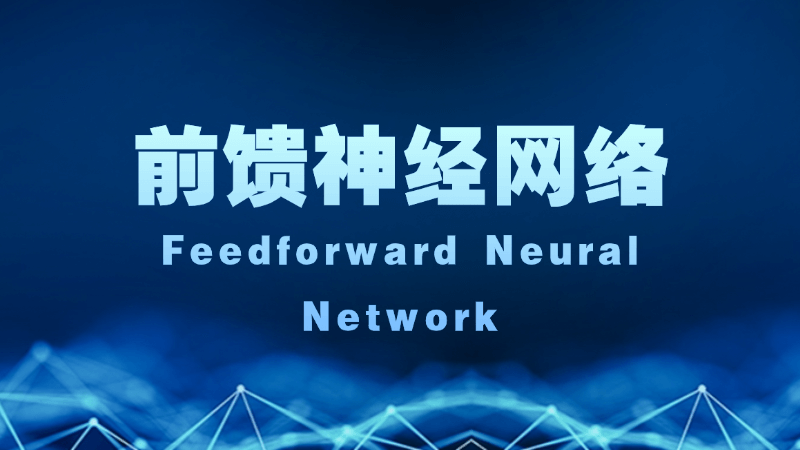网格搜索(Grid Search)是什么,一文看懂
网格搜索(Grid Search)是机器学习中用于系统化寻找最优超参数组合的自动化方法。这种方法通过预先定义每个超参数的候选值范围,穷举所有可能的参数组合,逐一训练模型并评估性能,最终选择表现最佳的超...
随机搜索(Random Search)是什么,一文看懂
随机搜索(Random Search)是一种超参数优化方法,通过在参数空间中随机采样候选点来寻找最优配置。
数据增强(Data Augmentation)是什么,一文看懂
数据增强(Data Augmentation)是通过人工创造新数据来扩充训练数据集的技术方法。
What is Naive Bayes in one article?
The Naive Bayes algorithm is a supervised learning algorithm based on Bayes' theorem. Naive Bayes is based on Bayes' theorem. The "naive" part is the assumption that the features are conditionally independent of each other. Simplifying the assumptions greatly reduces the computational complexity and makes the algorithm efficient in practical applications.
What is K-Means Clustering (K-Means Clustering), in one article
K-Means Clustering (K-Means Clustering) is a classical unsupervised machine learning algorithm. It is mainly used to divide a dataset into K disjoint clusters. The goal of the algorithm is to assign n data points to the K clusters so that each data point belongs to the cluster corresponding to its nearest cluster center.
What is Feedforward Neural Network (FNN) in one article?
Feedforward Neural Network (FNN) is the basic and widely used artificial neural network model. The core feature is that the connections in the network do not form any loops or feedback paths, and the information flows strictly unidirectionally from the input layer to the output layer, after a...
What is the K-Nearest Neighbors algorithm (K-Nearest Neighbors), in one article
K-Nearest Neighbors (K-Nearest Neighbors) are instance-based supervised learning algorithms that can be used for classification and regression tasks.
What is Convolutional Neural Network (CNN), in one article
Convolutional Neural Network (CNN), an artificial neural network specifically designed to process data with a grid structure, has excelled in the field of image and video analysis.
Cross-Validation (Cross-Validation) is what, an article to see and understand
Cross-Validation is a core method for assessing the generalization ability of a model in machine learning.The basic idea is to split the original data into a training set and a test set, and to obtain more reliable performance estimates by rotating the use of different data subsets for training and validation. This approach simulates ...
What is Random Forest (Random Forest), an article to read and understand
Random Forest (Random Forest) is an integrated learning algorithm that accomplishes machine learning tasks by constructing multiple decision trees and synthesizing their predictions. The algorithm is based on the Bootstrap aggregation idea, where multiple subsets of samples are randomly drawn from the original dataset with putback for each tree...









